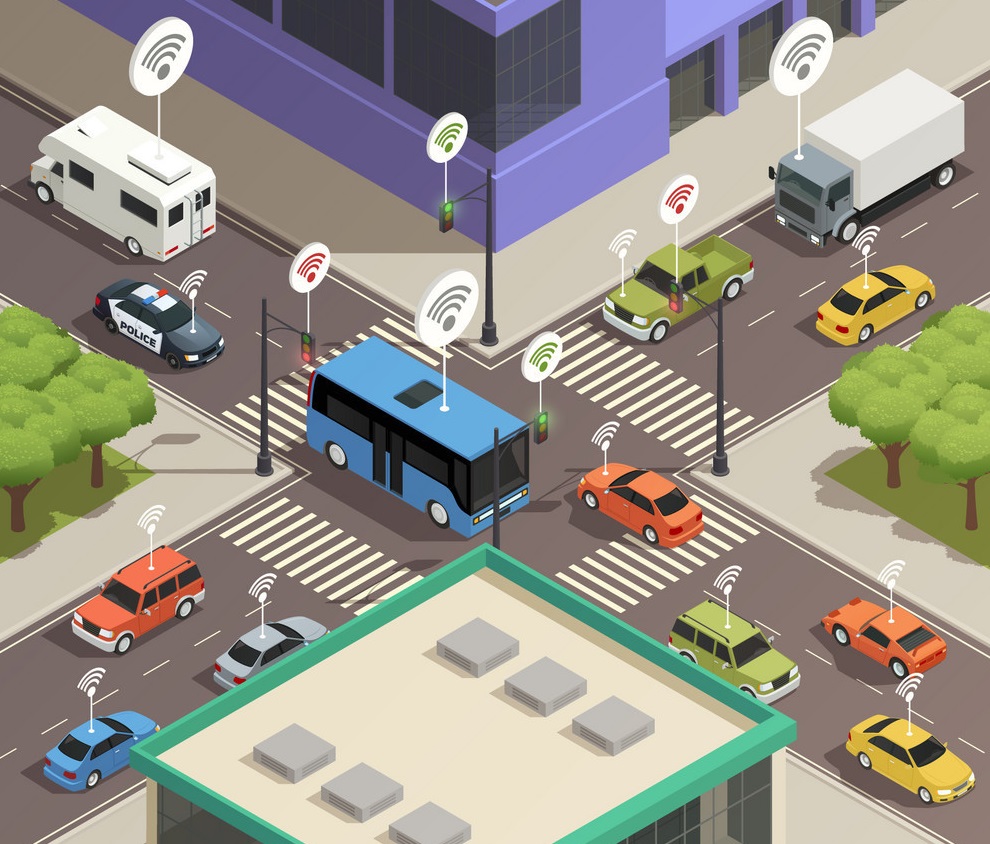
Signal Priority System for Emergency Vehicle
Smart Cities, Traffic Engineering
19
Traffic Signal Priority, Emergency Vehicle Preemption
Completed

First Aid time is an important factor in increasing the life expectancy at incident site. During the emergency conditions, quick response to Emergency Vehicles (EmV) creates a challenge for traffic operator to ensure safe and pacey passage of EmV, while maintaining the safe and smooth traffic flow in the network.
Emergency Vehicle (EmV) Pre-emption is an operational strategy to intervene in normal traffic signal operation to provide absolute provision of movement to EmV. Purpose of Emergency Vehicle Pre-emption (EmVP) is to minimize the control delay of EmV without compromising on safety by restricting conflicting movements during pre-emption.
EmVP operations are efficient in providing absolute priority to EmV, but they introduce excess delays to normal traffic of conflicting phases. Therefore, it is important to pre-empt the traffic signal while keeping the delay of normal traffic in consideration.
Factor which effects the delays of EmV and normal traffic is the time and duration of intervention in normal cycle. If the time of intervention is delayed, it will result in deceleration or even stoppage of EmV, or if it is advanced, it will produce excessive delays to conflicting traffic. Therefore, in order to provide absolute priority (i.e. to ensure passage of EmV) with minimize delays to conflicting phases, it is important to promptly compute the pre-emption time.
To decrease delays of normal traffic, it is important to intervene the traffic signal as late as possible but keeping the absolute priority constraint in consideration. Latest pre-emption time is dependent on Queue Clearance Time, as it is the margin that resolve the background queue. So, the latest pre-emption time is Queue Clearance Time before the Time of Arrival of EmV
This project evaluates the efficiency of Emergency Vehicle Pre-emption operation utilizing queue prediction techniques in the Connected Vehicle environment compared to predetermine arrival rate. Also, the optimization algorithm is designed with focus on absolute priority to EmV with minimized delays to normal traffic.










































































